915MHz has a wavelength of about 300mm, or one foot. The container has internal dimensions of many many times this. This means the standing wave pattern, resulting from the inevitable interference, is multimode. Many different modes can be excited.
While you can guarrantee that there will be zero tranverse electric fields adjacent to the conducting walls, you can guarrantee very little else. In theory, accurately known dimensions would allow you to compute what modes would be excited. In practice, the slightest irregularity in the walls will cause all your predictions to be wrong. The other 'off' antennae will complicate the geometry no end. Points of high field and low field will move around as the container walls flex, as the contents moves, as the frequency shifts slightly.
With a reasonable degree of certainty, you can say that a low field spot with one antenna running is unlikely to still be low with another one in use. If your red dots/balls are transceivers to be communicated with, then you're likely to be able to talk to all of them, just not necessarily all at the same time, pick the right antennae for each transceiver.
As you don't know for certain which combination of the many modes possible you are driving, the antenna impedance will be unpredictable.
For industrial heating, it is common to choose a frequency and box dimension that supports only a single mode. This way, the field strength within the box can be accurately predicted.
